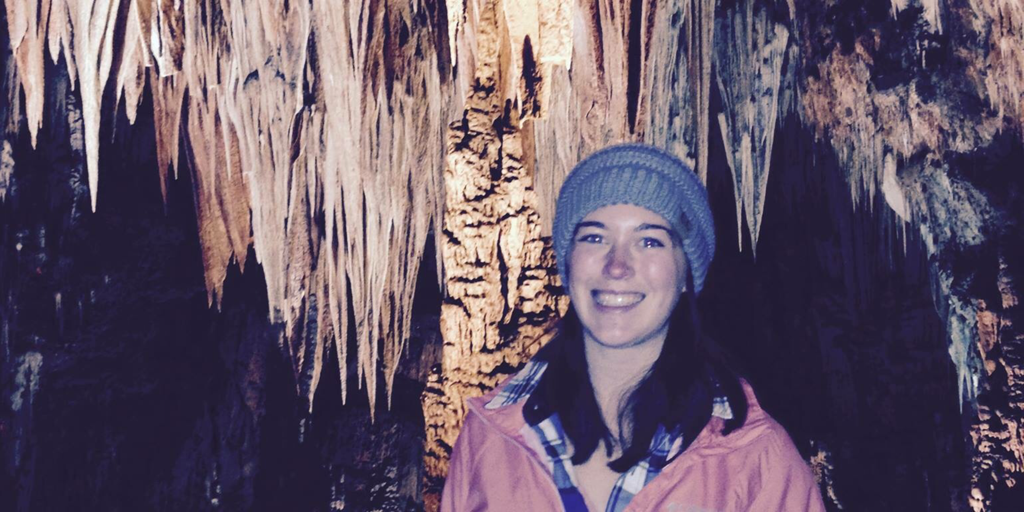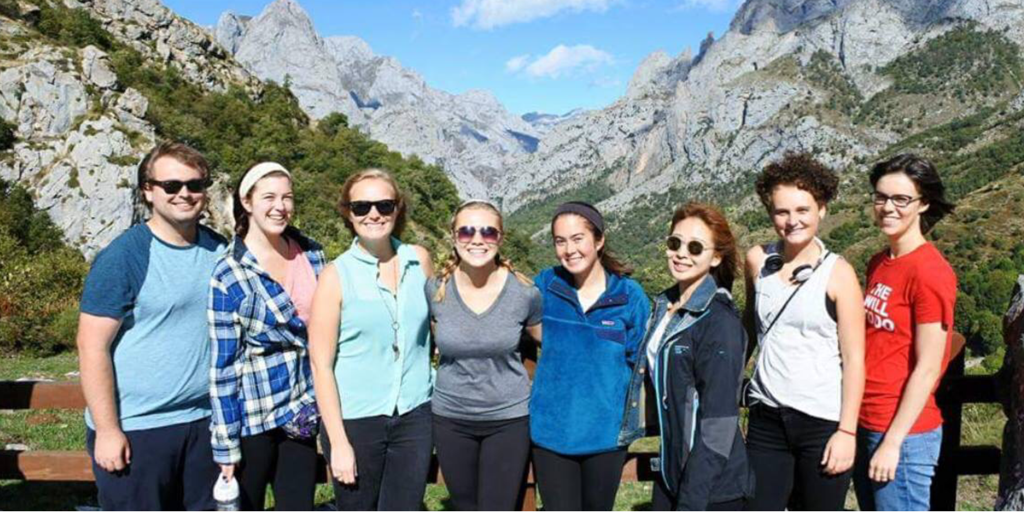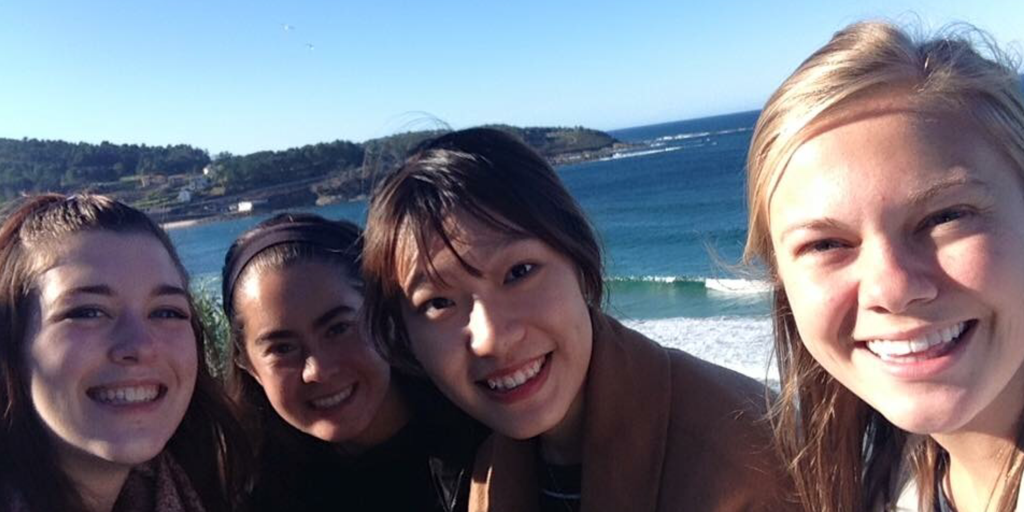
In May and June of 2017, I lived in Shanghai, China, and studied Chinese for just over six weeks at East China Normal University (ECNU). My UCA classmates and I were dropped into the program in the last month of their semester, placed in different level classes, and studied accordingly. I had class four hours a day, five days a week. There was a day of listening, two days of reading, and two days of speaking class every week. Not only did I study but I got to experience so much culture in such a short amount of time. I visited temples, ancient gardens, marketplaces, tons of Chinese restaurants, museums, and even took a selfie with a Tibetan monk. The first two days, I was unpacking. I was uncomfortable, confused, and very excited. The last two days of the trip, I was packing. I thought, “Is it really almost over? Has it really been six weeks?” Somehow, my little hotel room had become home to me. That’s what travel is, making a new place your home.
I had a month to learn a semester’s worth of material at East China Normal University and make a comic about my experiences in China. What I actually did was create a small visual guide specific to this particular language immersion program by making a comic of fourteen pages in first-person perspective. It introduced some of the cultural differences between the USA and China and gave visual explanation to what someone who enters the same program might see. In industry terms, I was the penciler, inker, colorist, story boarder, editor, and designer. The comic is titled Round Peg in a Square Hole. The title very much conveys my feelings during the program. I was never the right shape for the country or the people in it. I either pushed at the sides too much or I left too much space open or both. Do I regret the experience? No. Would I do it again? Yes. The way I talk about it may not seem to coincide with those other sentiments, but what I created is my honest interpretation. I felt I needed to depict my truth and hopefully promote change by doing so.
I have Chinese ancestry on my mom’s side. I thought this trip would help me reconcile that part of my identity. I don’t know that it did. While I am even more interested in is Chinese language and culture, I still feel like an outsider. I’m not fluent, nor was I raised in China, but even if I was to spend the rest of my life in China and become a citizen and fluent, my dark skin, height, size, and features would instantly give me away as foreign. That sounds kind of harsh and sad, but I don’t think that matters. I am Chinese. I’m learning Chinese. It doesn’t matter if you can see it or not, it’s there. That’s where my problem was with my Chinese identity. I was dependent on having other people notice it. I was so used to people noticing the other parts of my identity, why not this one too?
The most important thing I realized while studying in China was how to learn a language. I can’t just memorize words, phrases, and sentence structures. I can’t just throw it in my freezer, let it thaw after three years, and expect that it’ll be any good when I meet a Chinese person at the grocery store. Language is not something to be collected and wasted. It and the culture it comes from should be engaged with every day. It’s a diverse way of living that can be difficult to accomplish. It’s all the more rewarding when it happens.


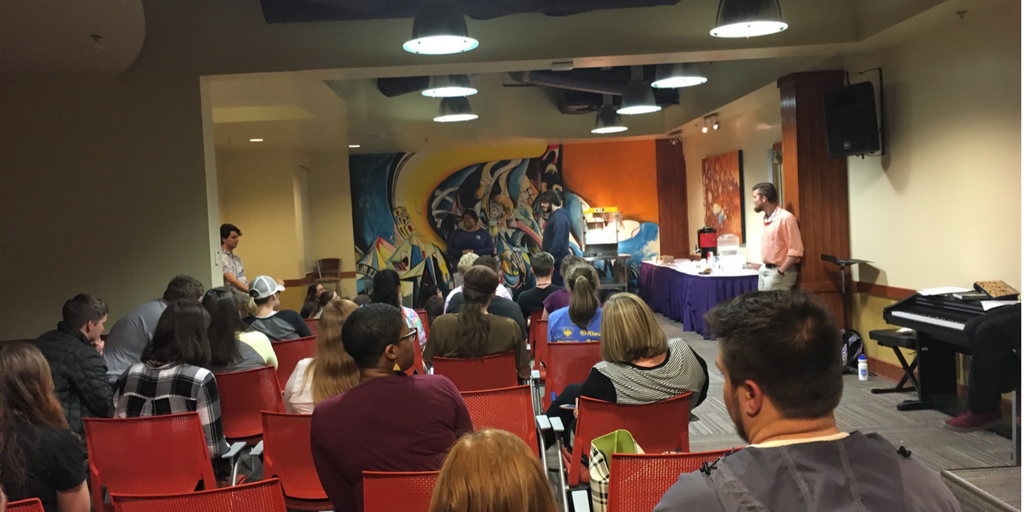
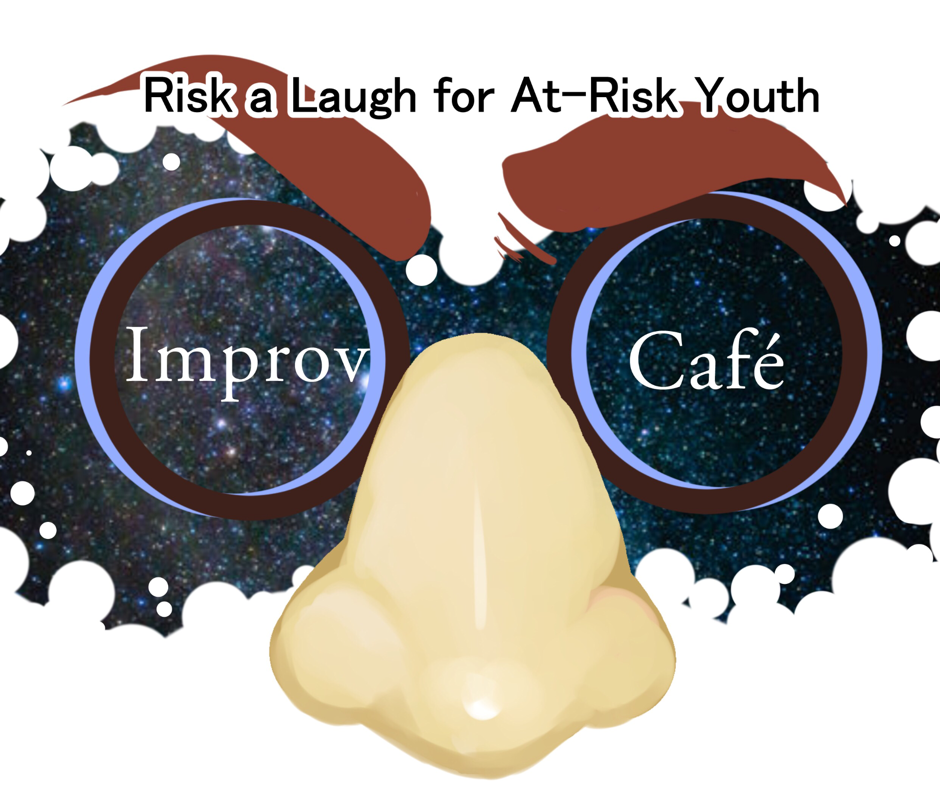
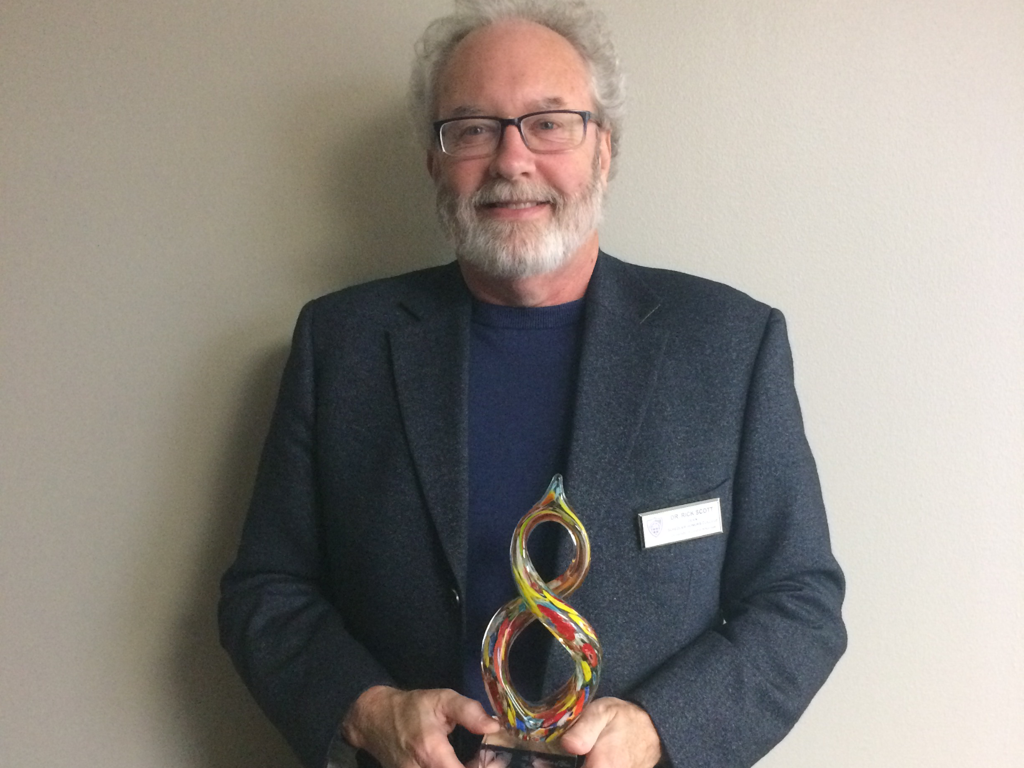











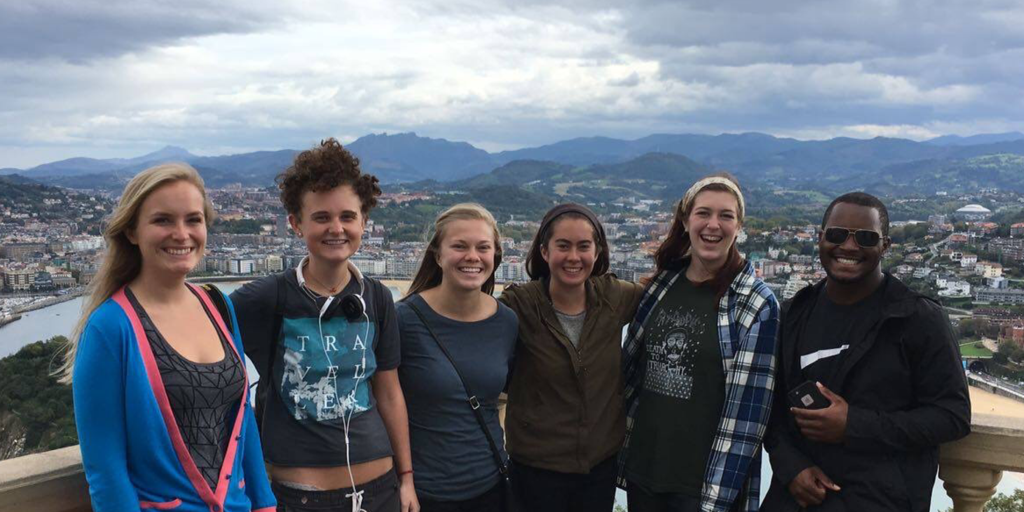 If you go out to the narrow roads, passageways, and alleys that make up a Spanish town between 2 and 5 in the afternoon, you will find the normally crowded streets ghostly empty. You can find a few people scattered in bars enjoying tapas and a midday drink, but most people go home to spend the break with their families.
If you go out to the narrow roads, passageways, and alleys that make up a Spanish town between 2 and 5 in the afternoon, you will find the normally crowded streets ghostly empty. You can find a few people scattered in bars enjoying tapas and a midday drink, but most people go home to spend the break with their families.